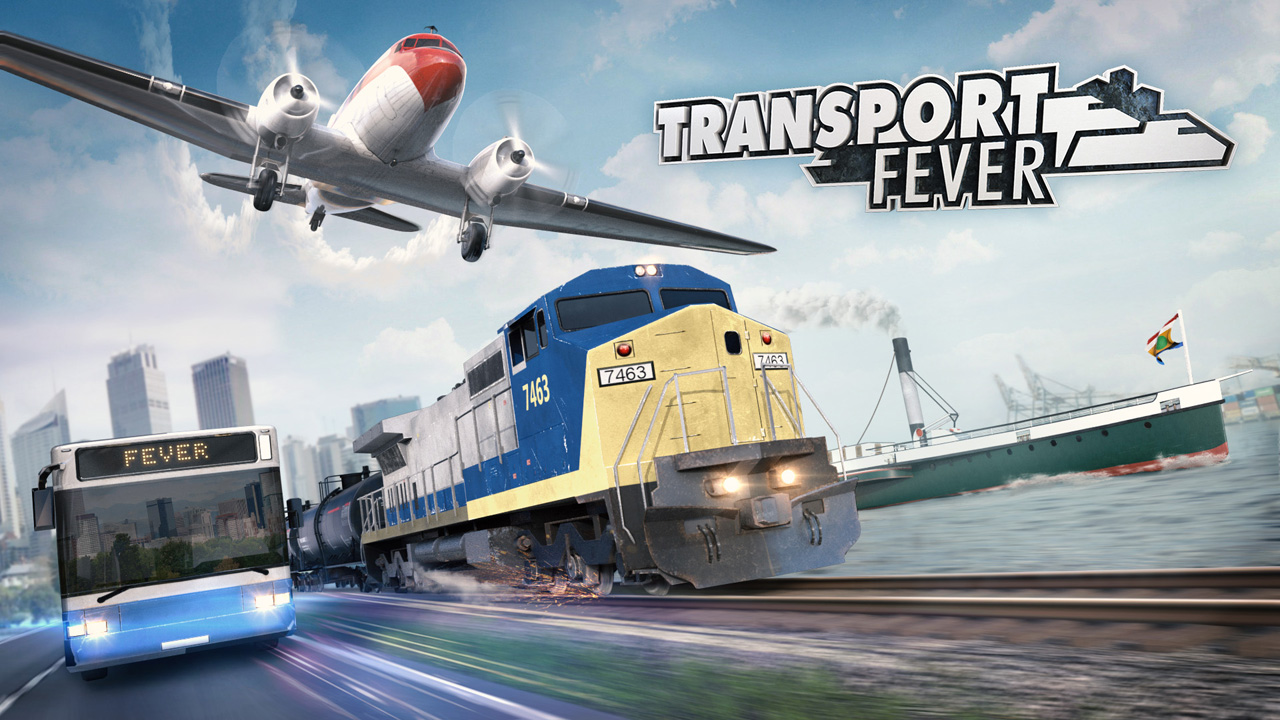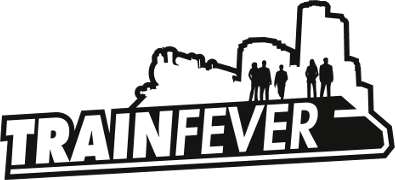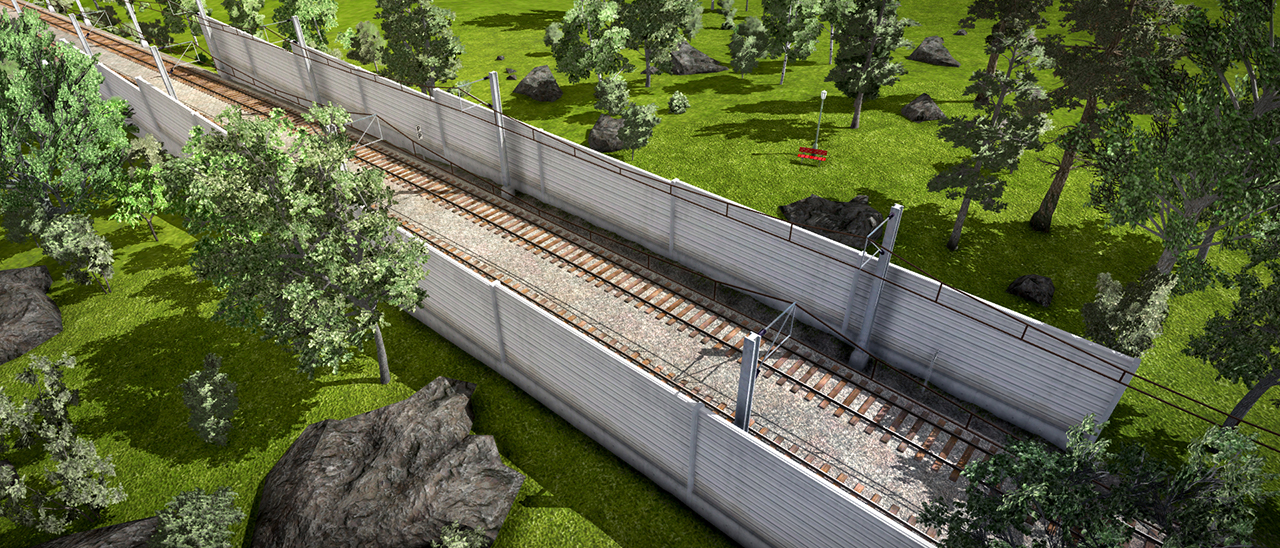We get a lot of questions originating from misconceptions. People ask about the cargo system, run into problems because of misplaced signals and wonder why passengers mysteriously disappear during a train ride.
Misunderstanding the game mechanics can often lead to frustration. On the one hand, we are aware of that not everything is perfectly explained in Train Fever and we would like to apologize for that! On the other hand, we saw some amusing comments and remarks made about these mechanics. So here is our humorous approach to clear up some misunderstandings. We present the “Top 10 Train Fever misconceptions list”:
#10 Signals
Traffic on rails is controlled by signals. Worldwide dozens, if not hundreds of different types exist. So it is hardly surprising that the functionality of signals is a comprehensive source for misunderstandings.
Traditional games like Transport Tycoon rely on a simple system, the block signal. Train Fever instead utilizes path and one-way signals to regulate traffic in a more fluent way. Signals are placed on a single side of the track, not on both, and are only valid as seen from the train drivers’ perspective. Once understood, they are very intuitive to use, simply place them were a train should stop and wait!
 Signals regulate traffic, but misplacing them can cause traffic jams.
Signals regulate traffic, but misplacing them can cause traffic jams.
#9 City growth
The city growth in the game is not random nor predefined. It is influenced by the player, even though in an indirect way.
Growth is triggered by providing residents access to as many building as possible in the different zones: Industrial, commercial and leisure. The better the access, the more people will move in, causing the city to build or, depending on the land value, expand homes over time. The industrial zone will eventually run out of available jobs, the commercial zone will have no more free places where people can shop and the leisure zone will lack leisure-time possibilities. If they are at full capacity, they will expand.
Delivering goods to the city grants a bonus on the magnitude of the expansion. Covering a cities’ demand over a longer period accumulates this bonus.
#8 Cargo system
The cargo system is not obvious to everyone and can confuse players. The model resembles the real world, which is demand driven.
Raw materials are only produced when the mine or well has a consumer, respectively a factory, which processes the materials. Further on, this factory only produces cargo when it has a consumer as well and so forth.
The chain has to be complete – starting with the producer of the basic materials right up to the manufacturer of to the finished goods. The last link is the distribution of these goods to the cities.
#7 Station types
Passengers and cargo are very picky about their means of transportation and they both prefer to have their own station type.
Trains on the other hand don´t care about the station type. Passenger trains will stop at cargo terminals and vice versa. The result is one of the most common accidental mistake made by players: Using the wrong station type.
 Cargo stations are busy hubs for goods – passengers refuse to use them.
Cargo stations are busy hubs for goods – passengers refuse to use them.
#6 Cosmetic elements
A lot of elements in the game, like trees and rocks, are used to give Train Fever a more realistic look, but are purely cosmetic.
Fields however are often attributed to serve a gameplay purpose, but they don´t. The same applies to the different types of bridges: wood, stone and steel. The construction material neither affects the speed of a train nor does it limit the allowed weight of a passing train.
#5 Trains without a path
Trains in Train Fever sometimes need special attention. If not all of their needs are fulfilled, they just won´t budge. What makes things even more complicated: They are not very good in expressing their needs clearly.
The most overlooked need is electricity. If an electric locomotive has a path ahead which is not completely electrified they stay in the depot or station.
#4 Train platforms
Trains in the real world arrive at a predefined platform. Last minute changes, for example due to reasons like delays, can be very confusing and annoying for passengers.
Passengers in the game behave in the same way. They like to line up at a definite platform and wait for their train to arrive. This is the sole reason why trains do not choose an arbitrary (or any free) platform to stop.
#3 Floating cargo
Floating cargo was sighted all over the city! Someone call the Ghostbusters!
Hold on, goods moving as if by magic is no reason to be alarmed. Cargo behaves in a similar manner as people. It will “walk” if that is the most efficient method to reach its destination. Since cargo has no feet, it is delivered by an invisible cart or worker and will float along the sidewalk.
 Invisible workers distribute cargo within the city.
Invisible workers distribute cargo within the city.
#2 The “20 minute rule”
Newcomers to the transportation simulation genre, but also veterans, are often puzzled why cargo or passengers refuse to use a line. Despite of various possible reasons, the “20 minute rule” is the most common cause.
Cargo or passengers must be able to reach the destination within 20 minutes (game time at standard speed) with a certain route, otherwise they will not use it. The considered travel time is the sum of the walking time, the time spend on the ride and the average waiting time at the departure or at changes.
To reduce the travel time, a higher speed but also a higher frequency – putting more vehicles on a line – is important.
#1 Disappearing passengers
A lot has been theorized about mysteriously disappearing passengers. Tragic events like sudden death, murder or kidnapping are very popular presumptions. Some detectives even claim the involvement of a “Daisy Armstrong”.
The solution to this riddle is not so exiting, but still somehow enigmatic. When people’s homes get rebuilt while a city upgrades its buildings, the residents are removed from the game. Where they end up is still a mystery. 😉
Misconceptions can be a source for disappointment. But more than often they result in very amusing situations. We hope that while reading this post you have learned something new about Train Fever. For sure, we left a lot unaddressed. Let us know what you would add to the list!
 Transport Fever is coming to PC this fall.
Transport Fever is coming to PC this fall.








